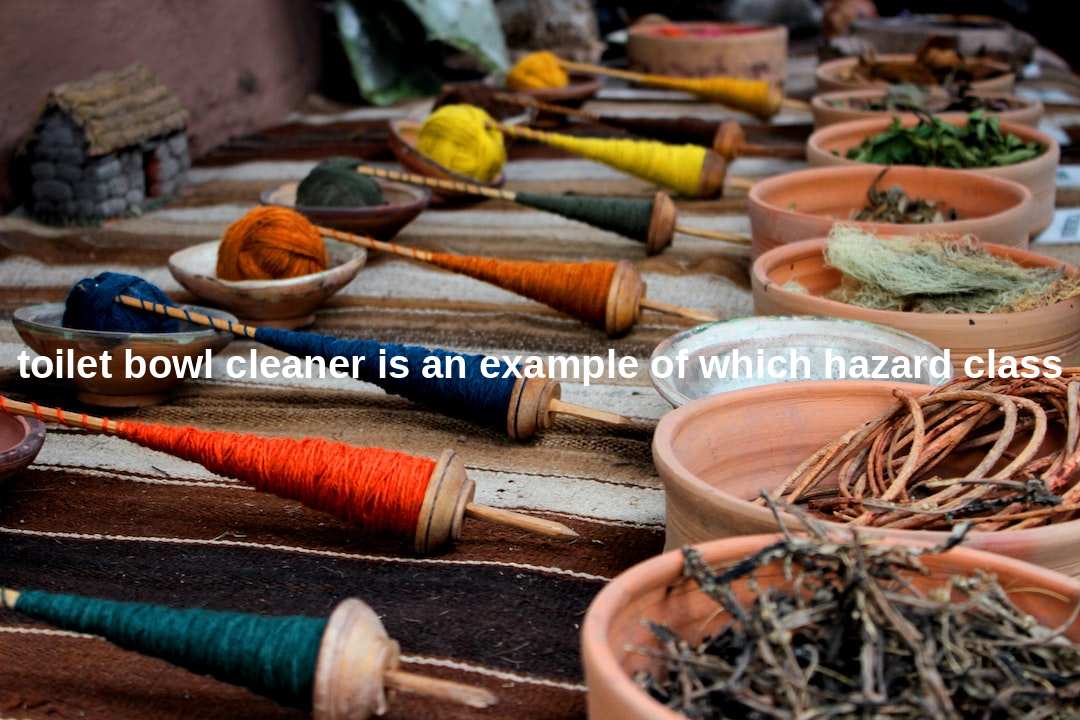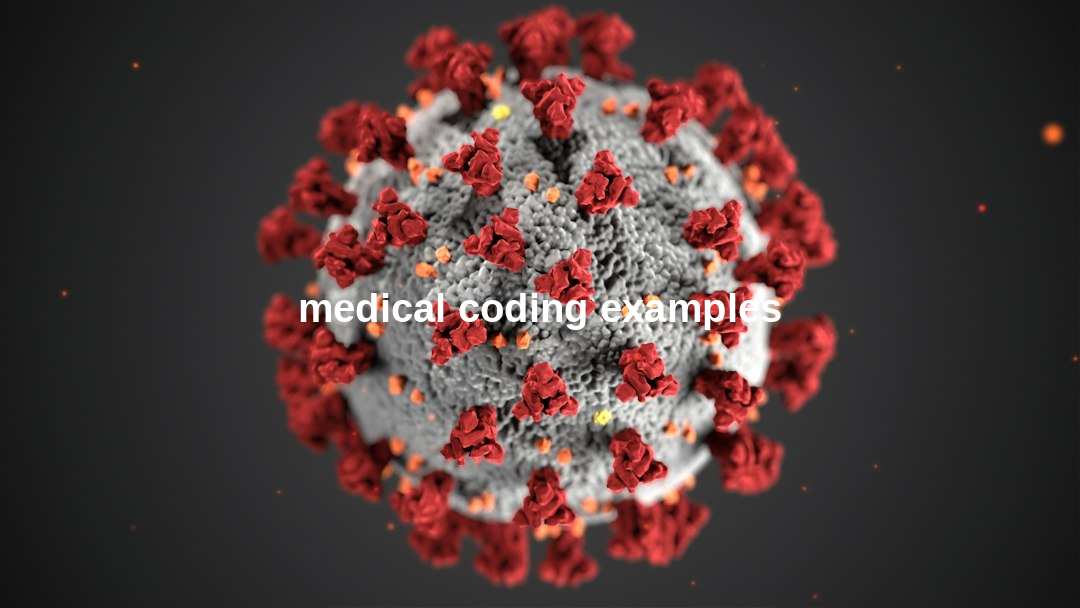When it comes to household cleaning, the use of various chemical agents is commonplace to ensure a clean and hygienic environment. Among these cleaning products, toilet bowl cleaner is an example of which hazard class? The classification of the hazard level of toilet bowl cleaners is critical for the users to understand in order to take the necessary precautions during their usage. Knowing the specific hazard class can help in averting accidents and ensures proper handling and storage. Safety sheets and product labels often provide this information, but it is crucial for consumers to comprehend the details regarding the potential risks associated with these chemicals. In this context, let’s explore the most important aspects of the hazard class of toilet bowl cleaners and the various implications it has in terms of safety and environmental impact.
| Hazard Class | Chemical Composition | Precautionary Measures | Disposal Guidelines |
|---|---|---|---|
| Corrosive | Hydrochloric acid, bleach, etc. | Wear protective gloves, ensure ventilation | Follow local regulations, never mix with other chemicals |
| Toxic | Quaternary ammonium compounds | Avoid inhalation, contact with skin/eyes | Do not dispose in household trash or sewage |
| Environmental Hazard | Phosphates, surfactants | Use sparingly, consider alternatives | Take to hazardous waste disposal facilities |
| Irritant | Chlorine compounds, fragrances | Handle with care, avoid direct exposure | Dispose as per local waste management rules |
Understanding the Hazard Class of Toilet Bowl Cleaners
Hazardous Properties and Classification
Toilet bowl cleaners, widely used to maintain cleanliness and hygiene in restrooms, are typically classified as a hazardous substance. This classification is due to their corrosive nature which enables them to effectively remove lime scale, stains, and various microbial presence from the toilet bowl surface. The key ingredient that often classifies these cleaners as hazardous is hydrochloric acid, a highly corrosive compound that can cause severe damage to human tissue and environmental elements if not handled correctly.
Most toilet bowl cleaners fall under at least one of the following hazard classifications: Corrosive, Toxic, Environmental Hazard, and Irritant. These classifications are made based on the potential of the chemical mixture to cause harm.
Corrosive cleaners are capable of causing irreversible damage to both living tissues and materials. Toxicity can result from the presence of chemicals that are harmful if inhaled, ingested, or come into contact with skin. Environmental hazards refer to the ingredients within the cleaner that may pose a risk to aquatic life and other aspects of the environment post-disposal. Lastly, irritants are substances that may cause temporary discomfort upon exposure.
It is crucial for users to recognize these hazard classes and heed the associated precautionary measures prescribed. Proper usage, storage, and disposal of toilet bowl cleaners are paramount to maintaining safety at home and preserving environmental health. Always check the label for the specific hazard class and follow the guidelines outlined to minimize any risk to yourself and others.
Chemical Composition and Safety Precautions for Toilet Bowl Cleaners

Toilet bowl cleaners are commonly classified under the hazard class “Corrosive,” due to the presence of strong acids or bases, which necessitate stringent safety precautions during use.
Key Ingredients and Their Functions
The chemical makeup of toilet bowl cleaners typically includes substances such as hydrochloric acid, chlorine bleach, or other disinfectant compounds designed to remove tough stains and kill bacteria and viruses. Some formulations may also contain surfactants for improved cleaning action and fragrances to mask odors. Each ingredient brings a specific cleaning property, whether it’s the acid’s ability to dissolve mineral deposits or bleach’s effectiveness in whitening and disinfecting the toilet bowl’s surface.
Recommended Safety Guidelines
As these products come with inherent risks due to their chemical composition, it’s essential to adhere to recommended safety practices to avoid harm. Such measures include ensuring adequate ventilation, wearing protective gloves and eyewear, and thoroughly washing hands after use. It is also crucial to never mix toilet bowl cleaners with other household chemicals, as this can lead to the production of dangerous gases, such as chlorine gas from bleach reactions.
Environmental Impact and Responsible Usage of Toilet Bowl Cleaners
Toilet bowl cleaners may pose considerable risks to the environment, and as such, should be used responsibly to mitigate their ecological footprint.
Issues for Aquatic Systems
One of the concerns with chemical-based toilet bowl cleaners is their impact on water systems. The chemicals that facilitate the cleaning process can be harmful to marine life once they enter waterways. Ingredients such as phosphates can lead to nutrient pollution (eutrophication), which drastically affects aquatic ecosystems, promoting excessive algae growth that depletes oxygen levels and harms aquatic flora and fauna.
Responsible Use Practices
Responsible usage involves following the recommended amount per cleaning session and looking for eco-friendly or green-certified products that offer a reduced environmental impact. Users should be conscious of their cleaner’s ingredients and choose options with less harmful effects on the ecosystem. There’s also a trend toward using DIY or natural alternatives like vinegar or baking soda, though their effectiveness varies compared to traditional chemicals.
Guidelines for the Proper Disposal of Hazardous Cleaning Products
Proper disposal of hazardous cleaning products, including toilet bowl cleaners, is essential to prevent potential harm to humans and the environment.
The Importance of Following Disposal Protocols
The disposal of chemical cleaners is not as straightforward as other waste due to their hazardous nature. Flushing excess cleaner down the toilet or sink can contribute to water pollution and negatively affect water treatment processes. Instead, household hazardous waste facilities are equipped to handle such chemicals and dispose of them safely.
Local Disposal Regulations
Understanding and adhering to local regulations concerning disposal is imperative. Many communities have specific guidelines or scheduled collection days for household hazardous waste to ensure that these products do not end up in landfills, where they could leach into the ground and contaminate soil and groundwater. Always consult your local waste management authority for the proper protocols regarding the disposal of hazardous cleaning products like toilet bowl cleaners.
Conclusion: Managing Risks and Emphasizing Safe Practices with Toilet Bowl Cleaners
In closing, it is clear that toilet bowl cleaner is an example of which hazard class shapes not only the way we use these products but also how we perceive their place in our daily lives and their impact on the environment. Through our exploration of the hazards presented by these potent cleaning agents, consumers can make informed decisions and adopt practices that ensure safety, efficacy, and environmental responsibility.
The crucial knowledge gained includes the identification of toilet bowl cleaners as a corrosive hazard class, the inherent risks involved in their chemical composition, and the subsequent need for meticulous safety precautions during their use. Furthermore, understanding the environmental implications and the significance of responsible usage of these products highlights the importance of balancing cleanliness with ecological considerations. Lastly, proper disposal methods stand out as imperative actions for safeguarding human and environmental health.
Here is a summary of the key points discussed:
- Toilet bowl cleaners are typically classified as corrosive, and may also be toxic, environmental hazards, and irritants.
- Chemical ingredients like hydrochloric acid and bleach are effective in cleaning but require careful handling due to their hazardous nature.
- Safety measures include good ventilation, use of protective gear, and not mixing chemicals.
- The environmental impact of these cleaners is significant, particularly with ingredients that can disrupt aquatic ecosystems.
- Using green-certified products or natural alternatives can help reduce the environmental footprint.
- Hazardous products like toilet bowl cleaners should be disposed of at household hazardous waste facilities in accordance with local regulations.
Through the diligent application of this knowledge, individuals can confidently use toilet bowl cleaners while minimizing the risks to themselves, their families, and the planet.


